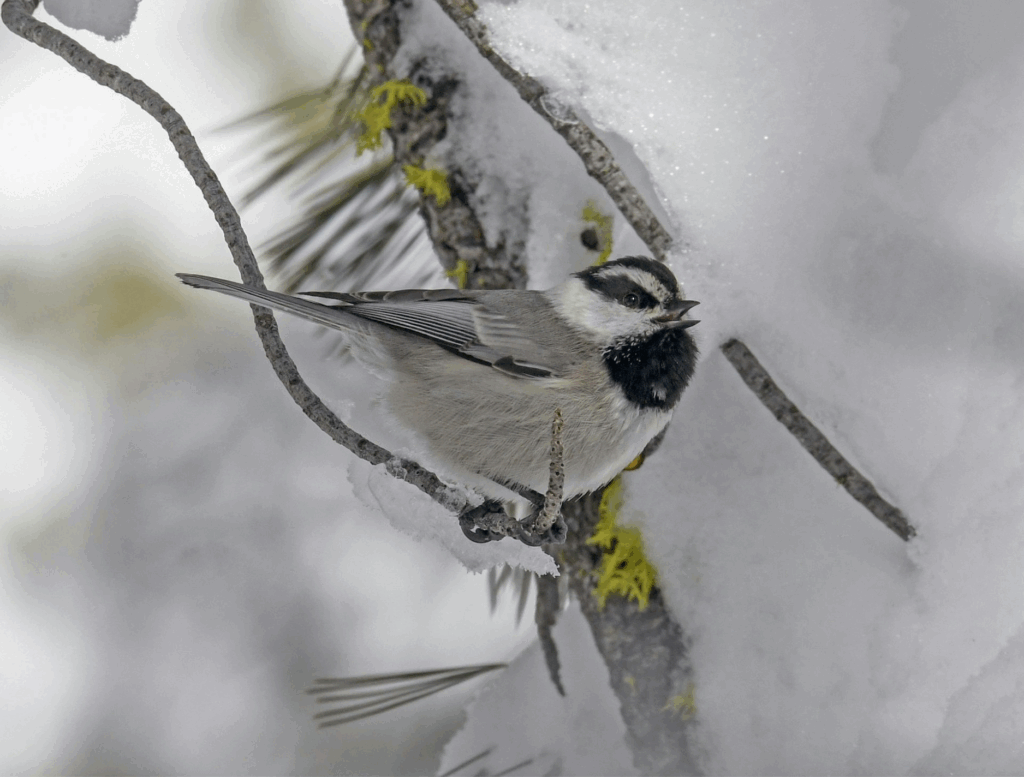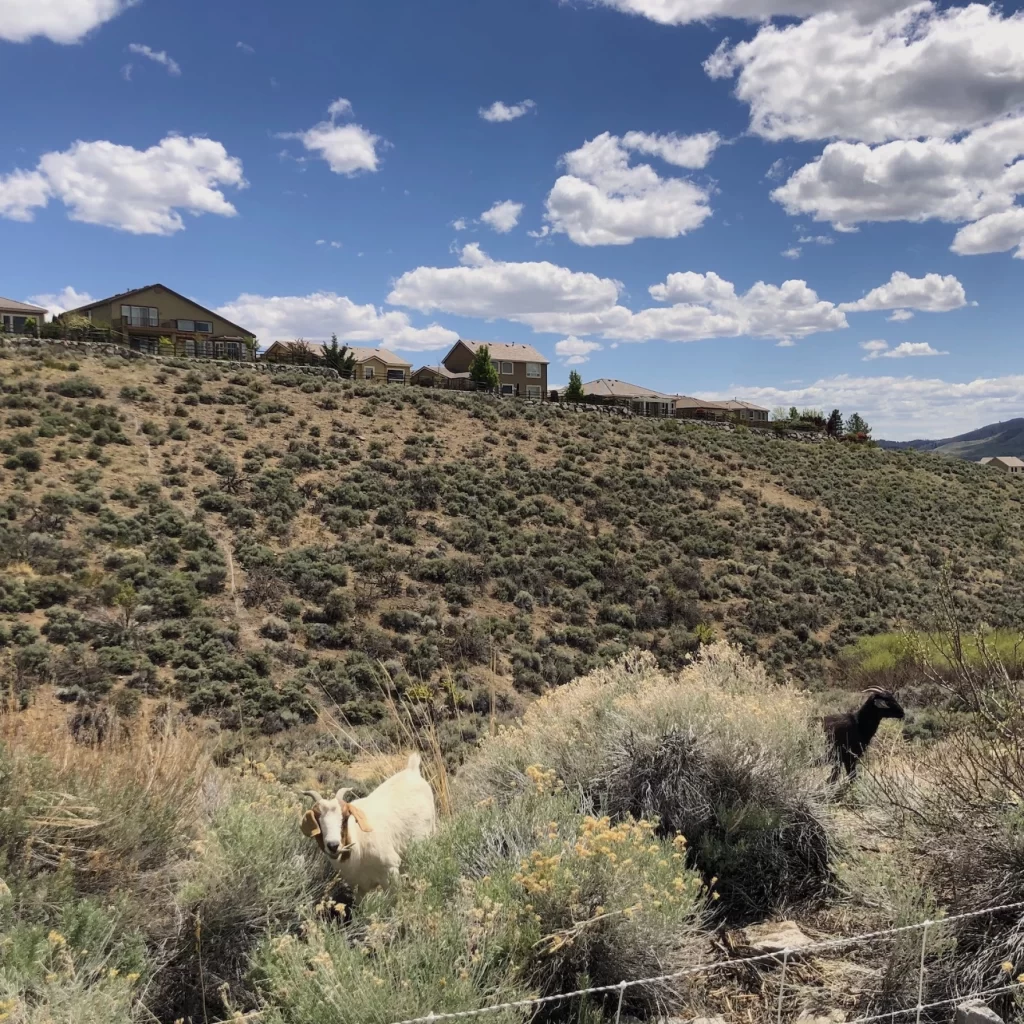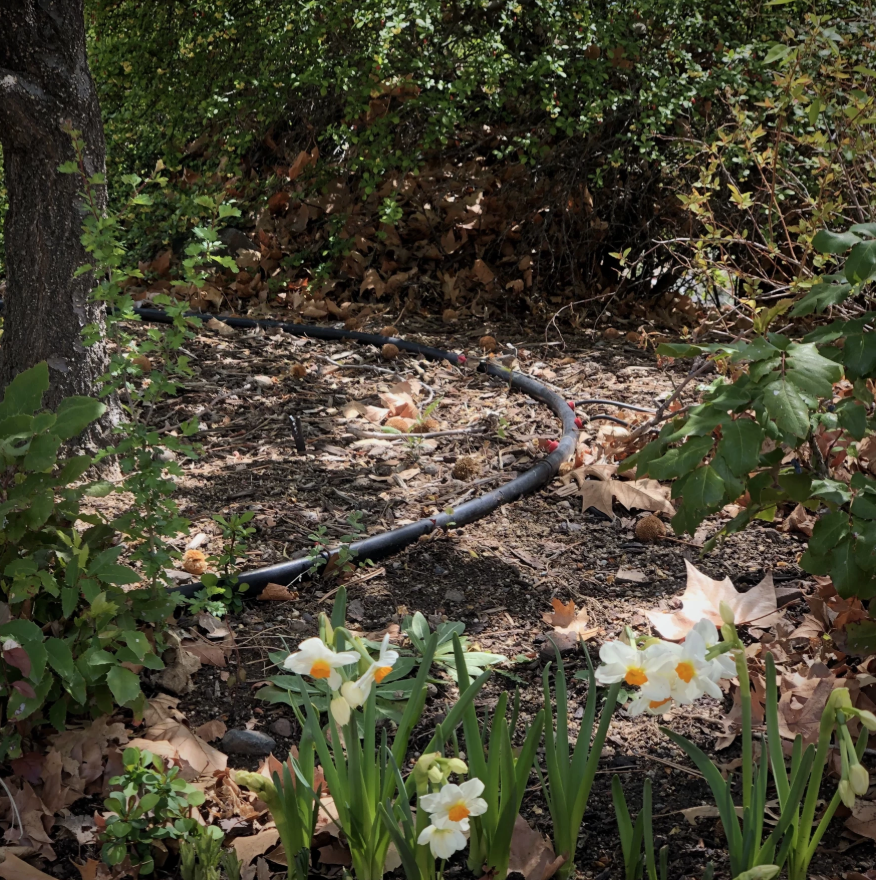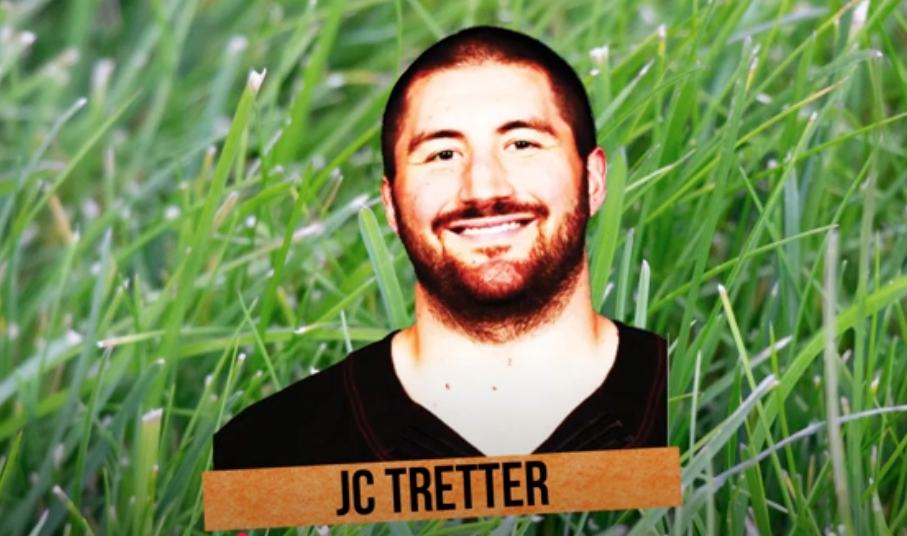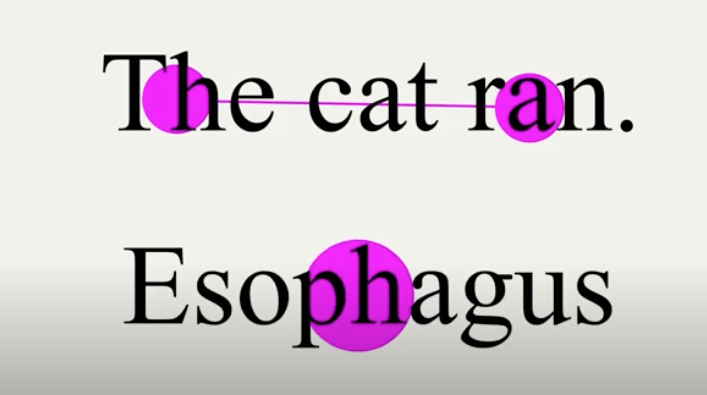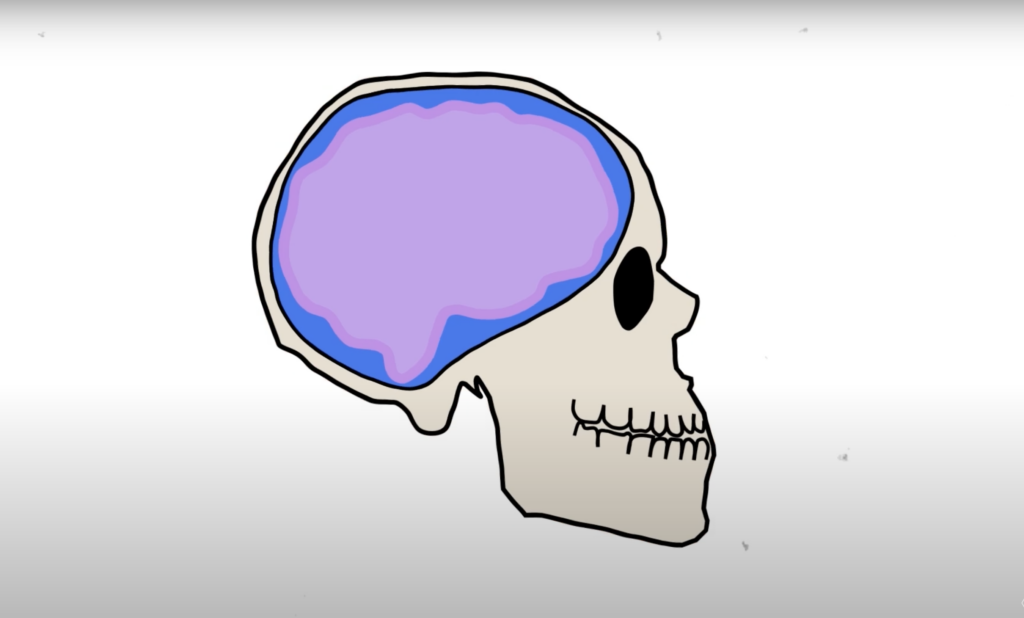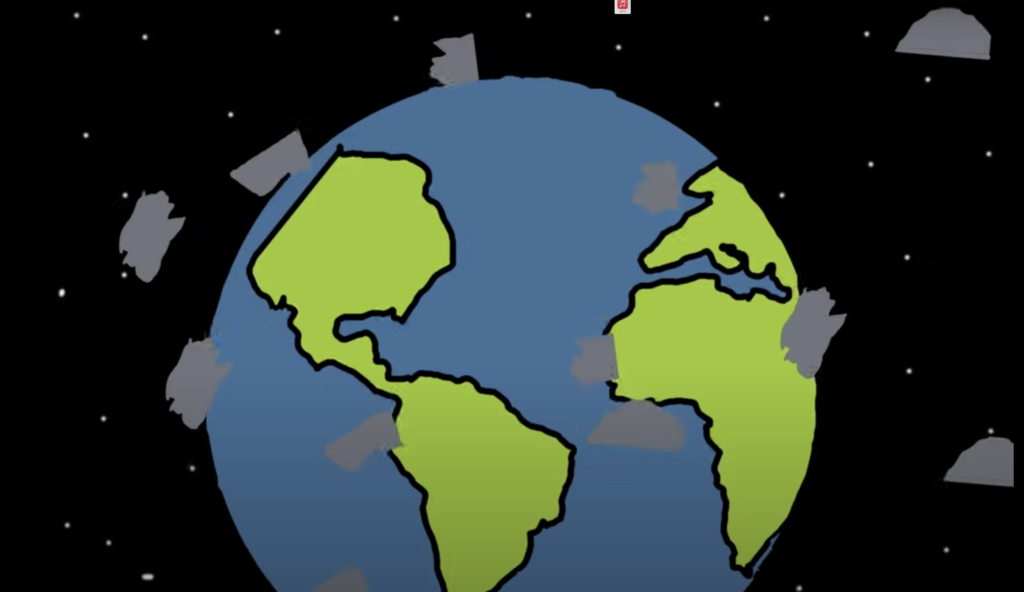An Initiative of the Reynolds School of Journalism
The Hitchcock Project provides training for University of Nevada, Reno students interested in science journalism and other types of science communication.
NEWS
Republished from The Conversation. By Sofia Marie Haley.
Science News For Nevada
The Hitchcock Project has partnered with KUNR Public Radio to support increased science news coverage in Nevada.
Newsletter Signup
A conversation with Maren Hunsberger on the causes and effects of health misinformation, and creative strategies for building a more informed society. By Abdulmalik Adetola.
This spring in Reno, 900 sheep and 230 goats are hard at work on fire fuels reduction. By Ali Dickson/KUNR.
Reno will use up to 100 million additional gallons of water every day this summer. By Ali Dickson/KUNR.

